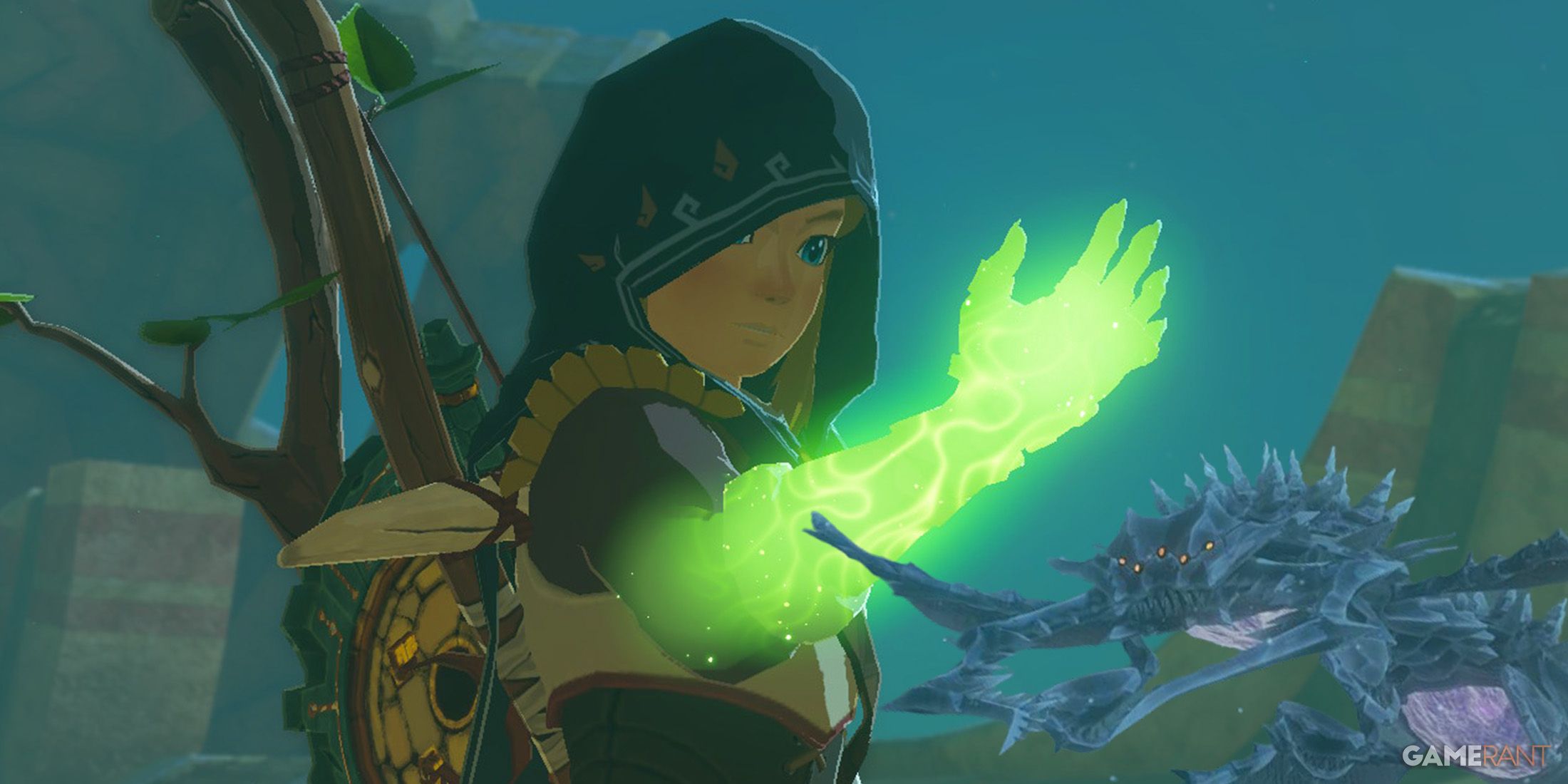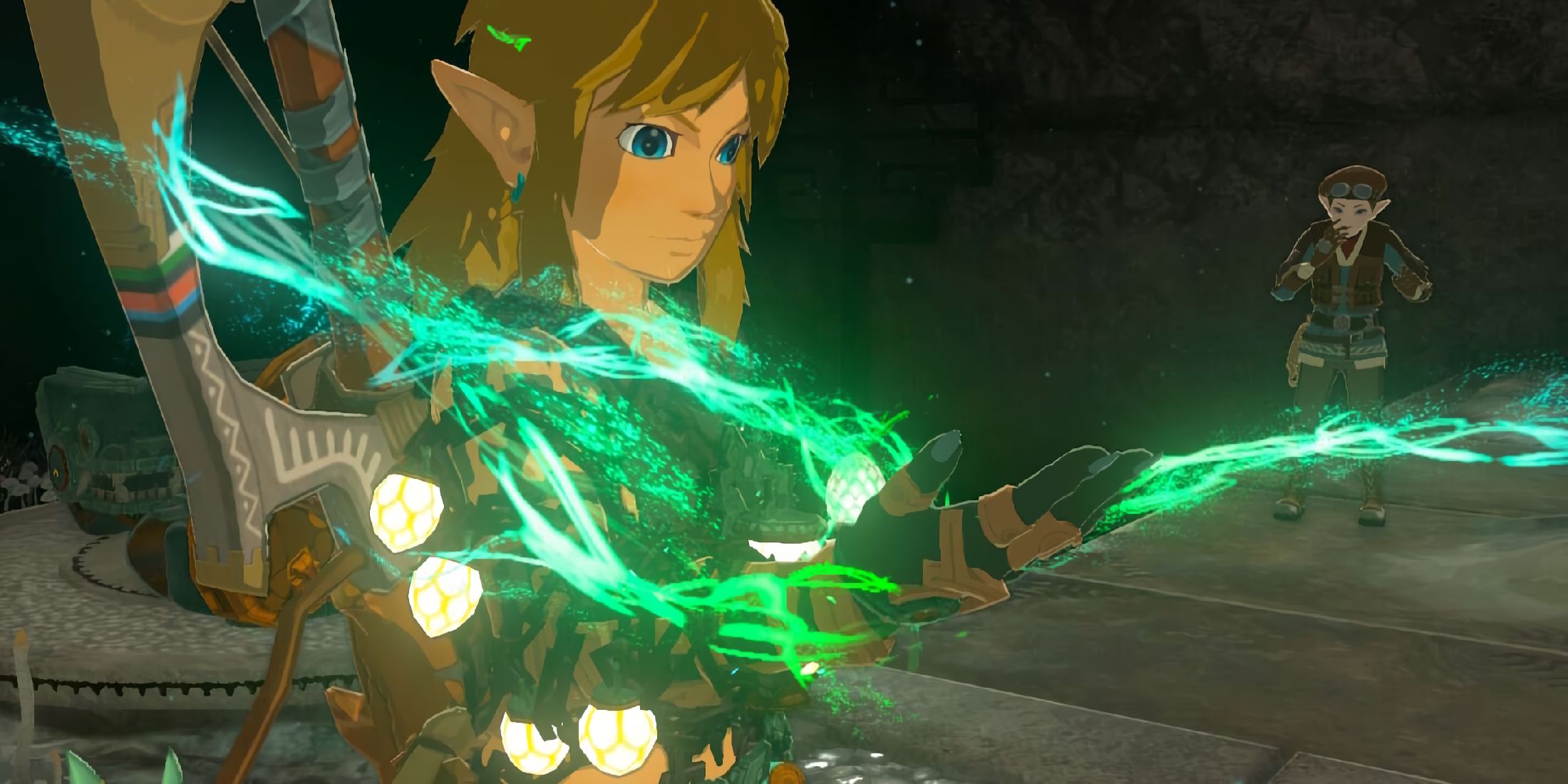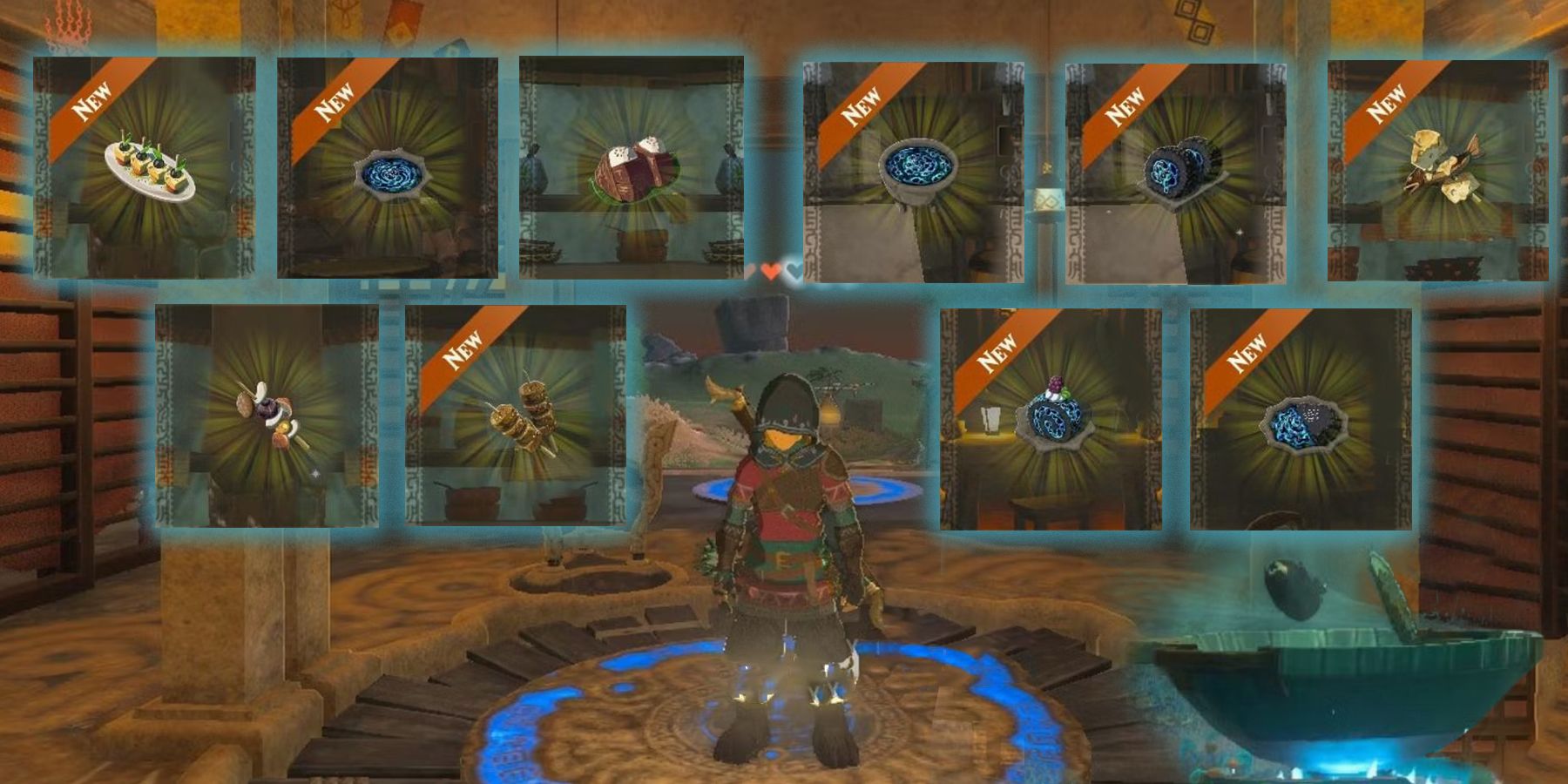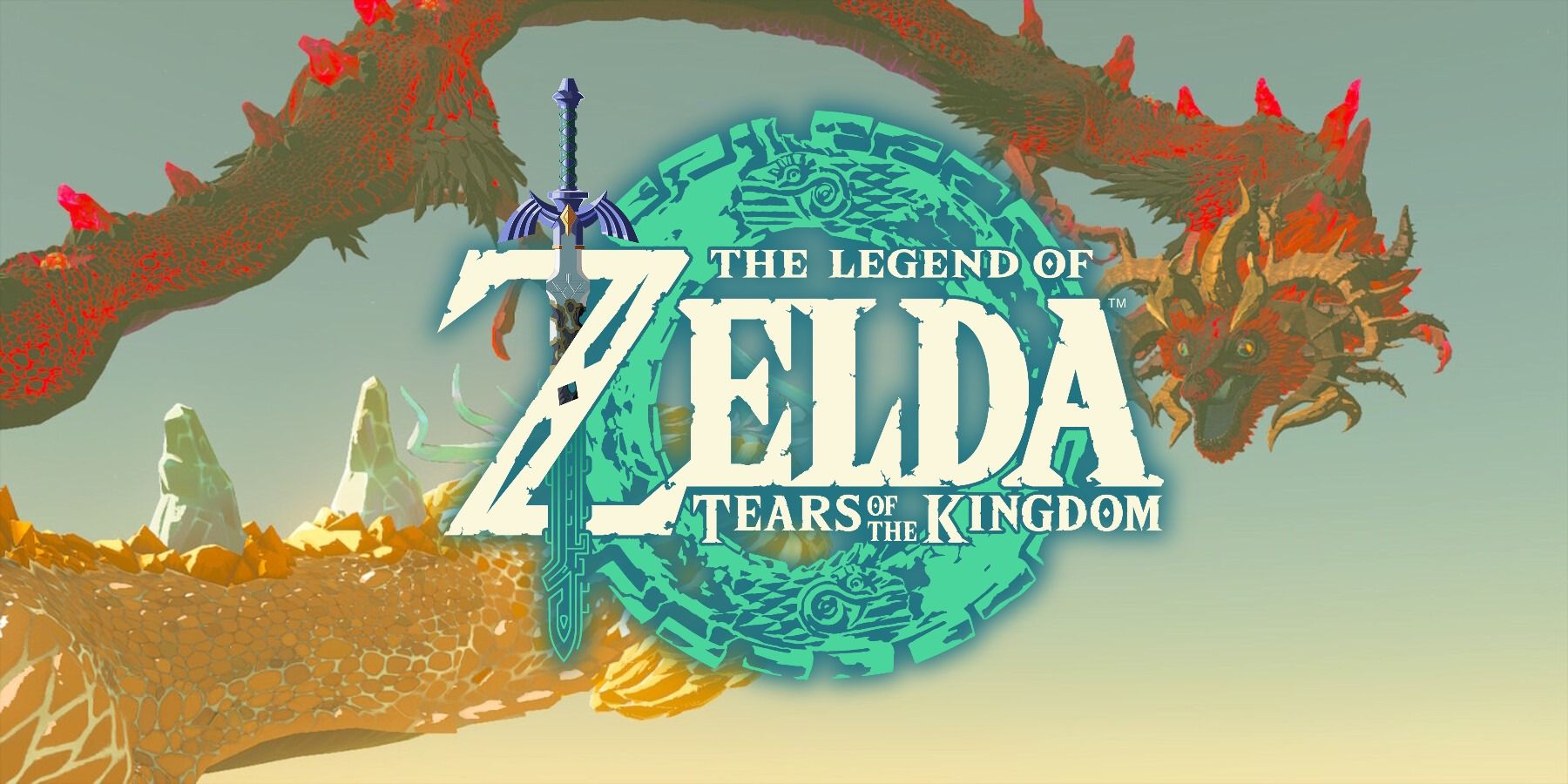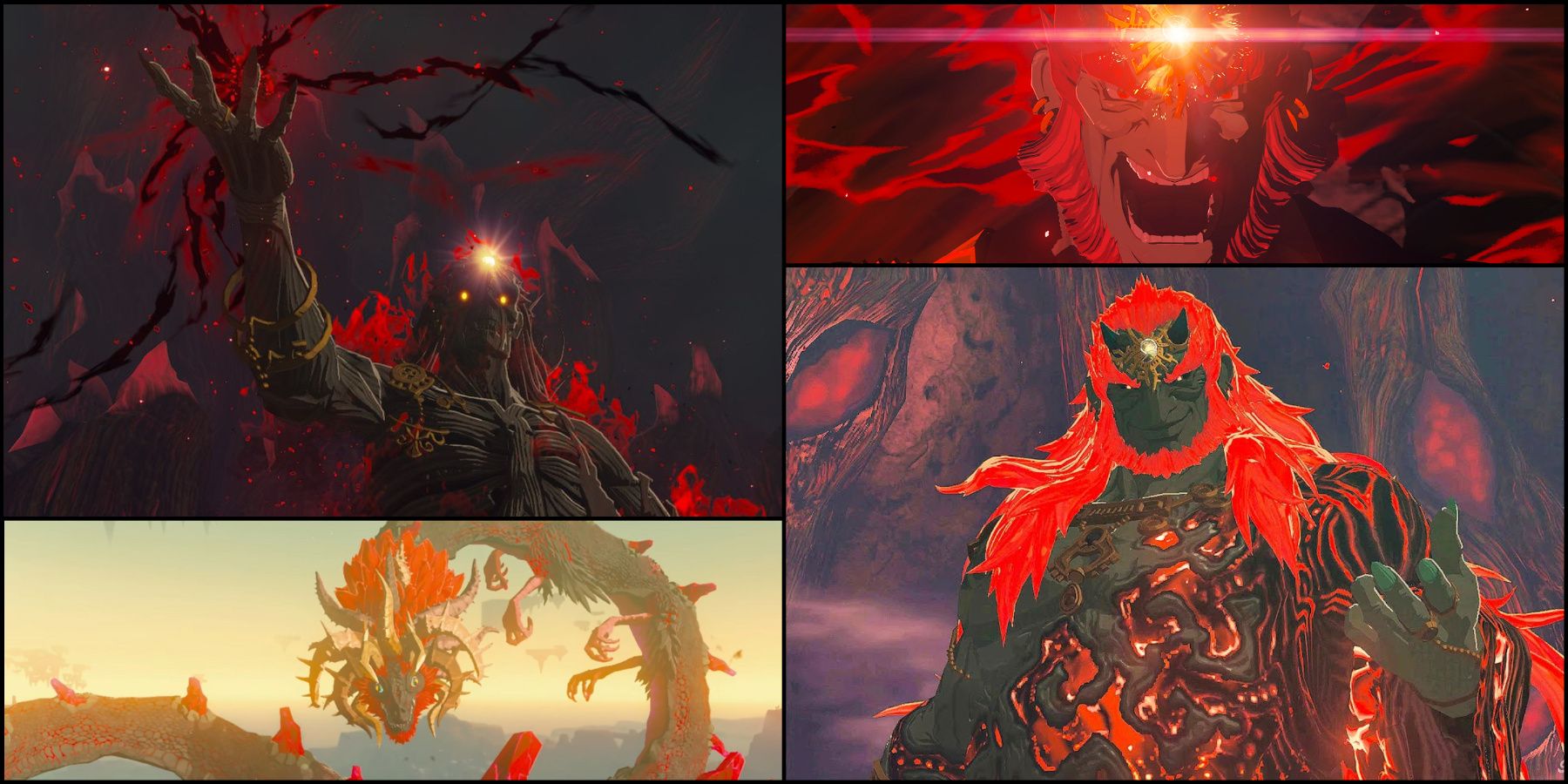The Legend of Zelda: Tears of the Kingdom is a significant advancement on its 2017 predecessor, giving players more freedom to conquer a multi-layered map in a variety of different ways. Those improvements meant that there was more to do, but wit the influx of new side activities, the main quest line still had to retain its sense of scope and drama, right up to the end credits.
By visiting all the geoglyphs and earning about Zelda's adventure in the past, players can enjoy a surprisingly great story in The Legend of Zelda: Tears of the Kingdom. The tale comes to a head with a final confrontation against the Demon King, which had to live up to expectations. It achieved this, and in doing so it also showed the distinct approaches to crafting an effective final boss encounter, perfectly capturing all sides of a great last fight.
Final Bosses Can Be Drastically Different in Design
There are typically two schools of thought when it comes to the design of a game's final boss. In theory, it should be equal parts a test of skill and an epic way to close out a story, but games over the years have had a tendency to lean more into one philosophy over the other. On one hand, titles like Dark Souls, Hades, Devil May Cry 5, and Ghost of Tsushima go the route of putting forward a tough enemy for players to overcome by using the skills, abilities, and reflexes that they've learned during the rest of the game. It's mechanics-led, and can elevate the feeling of achievement when the boss is finally felled.
Conversely, games like Hogwarts Legacy, Spider-Man: Miles Morales, or Uncharted 4: A Thiefs End prioritize the spectacle of the final fight, seeing the battle more as a culmination of the story than one last test of strength. Often this will present a new gameplay mechanic or ask the player to do something different while the grandeur is amplified far more than the difficulty. It can be jarring mechanically, but it gives a game that much more emotional or narrative weight.
Tears of the Kingdom's Final Boss Strikes a Perfect Balance
Instead of leaning into one philosophy, The Legend of Zelda: Tears of the Kingdom adopts both with two distinct phases that are designed to offer a challenge while also ending the story on a high. Battling Ganondorf deep below Hyrule Castle is tough, with players having to make full use of the mechanics in order to come out victorious. His attacks are devastating, the gloom damage massively restricts the player's health, and his ability to narrowly avoid Link's sword swipes means that it takes a lot of skill, patience and know-how to escape that phase of the fight unscathed.
The second portion of the confrontation more closely resembles Dark Beast Ganon in Breath of the Wild in that it's far more about the way it feels, than the way it plays. The fight goes from the depths beneath Hyrule Castle to the skies above the land, with Link teaming up with the Light Dragon to take down Ganondorf in his most unpredictable form. It's far less reliant on how good the player is at understanding Tears of the Kingdom's combat system, as that part of the fight is over. Now, it's about hurtling towards a conclusion that feels as epic as the game sets it up to be. By achieving the best balance between both ideas, Nintendo's latest masterpiece ends in a way that compliments and enhanced the experience, showing that AAA developers don't have to adhere to that binary choice.
The Legend of Zelda: Tears of the Kingdom is available now for Nintendo Switch.

